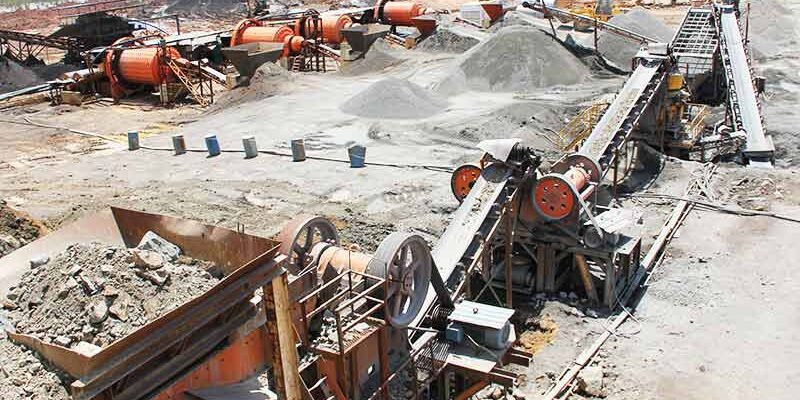Next year sets the stage for Zambia’s potentially robust recovery in 2025, following the positive outlook from the mining sector which recently witnessed sealing of a US$1.1 billion Mopani Copper Mine (MCM) deal.
Speaking in a state of the nation address on Friday in Lusaka, President Hakainde Hichilema announced that: “the Mopani deal has been signed with a cover value of US$1.1 billion, split into both debt and equity.”
Responding to the announcement, the Kwacha Arbitrageur Magazine on Sunday noted that despite the 2024 outlook marred by debt, high global interest rates, and a global slowdown, it set the stage for a potentially robust 2025 recovery.
It said notable mining projects, including the AI exploration backed Ming’omba copper project and Barrick’s African Nickel project, signified a surge in exploration and investor interest.
Read more: Mopani Copper Mine set to receive $1.1 billion investment from International Resources Holdings
Pledges from China Non-Ferrous Minerals (CNMC) of US$1.2 billion in shaft 28 and Vedanta’s commitment of US$1.3 billion over five years and Barricks US$2 billion, it said, signaled confidence in Zambia’s mining potential.
The Arbitrageur Magazine indicated that the MCM and KCM deal had capacity to add close to 550,000 metric tonnes of copper to national production which potential could see the Zambia soar to 1.3 million metric tonnes.
Zambia had targeted to ramp production to three million metric tons in the next seven years supported by aggressive explorations and resolution of current impasses in the sector.
“Mining developments significantly influence Zambia’s economy, with foreign exchange flows accounting for close to 70 percent. A flourishing export market supports a stable exchange rate, albeit with constraints due to lower copper production.
“However, the post-2025 outlook for copper appears robust, with expected prices ranging from US$11,500 to US$15,000 per metric ton on the London Metal Exchange. Once larger mines are operationalised, healthier foreign exchange flows could offset the pressures of higher energy and fertiliser prices on the Kwacha,” according to the magazine.
WARNING! All rights reserved. This material, and other digital content on this website, may not be reproduced, published, broadcast, rewritten or redistributed in whole or in part without prior express permission from ZAMBIA MONITOR.












Comments